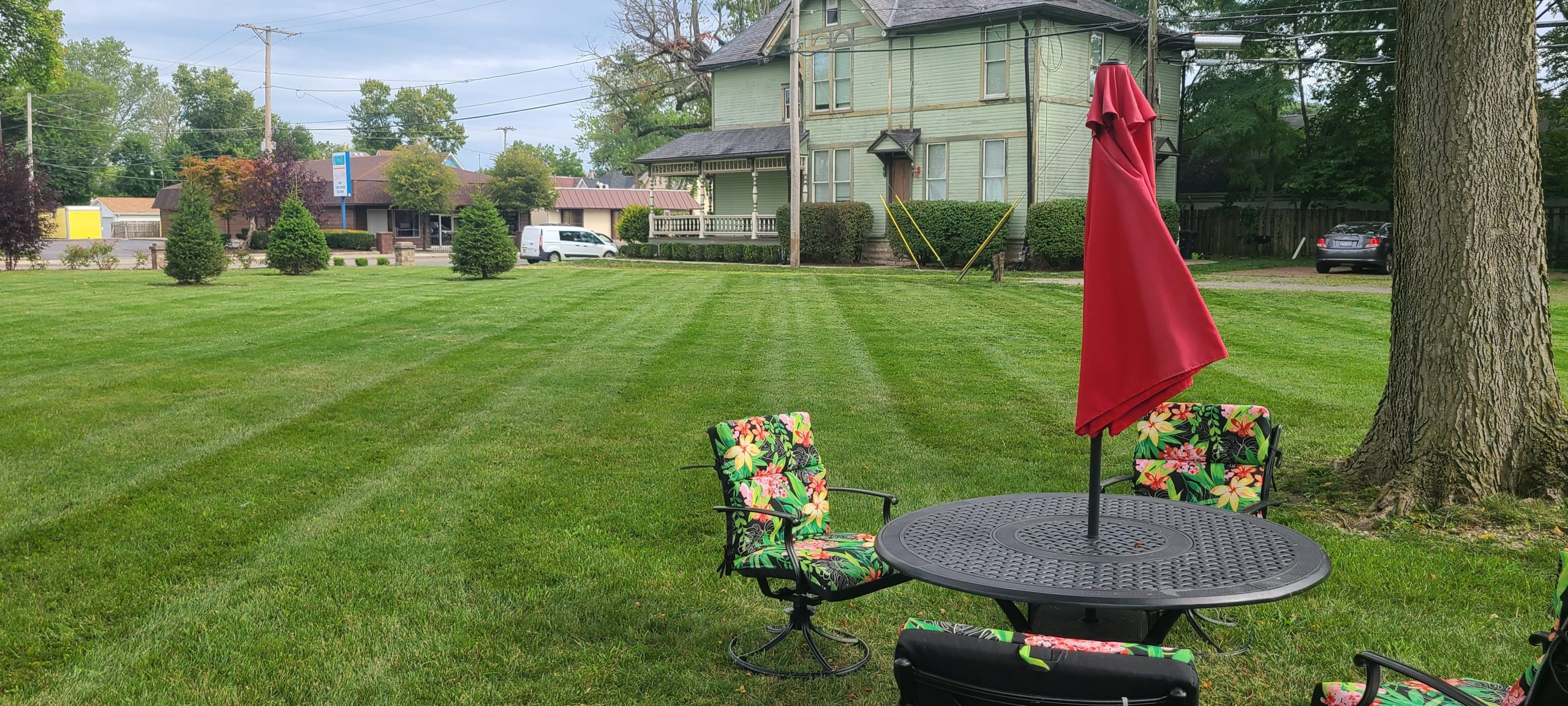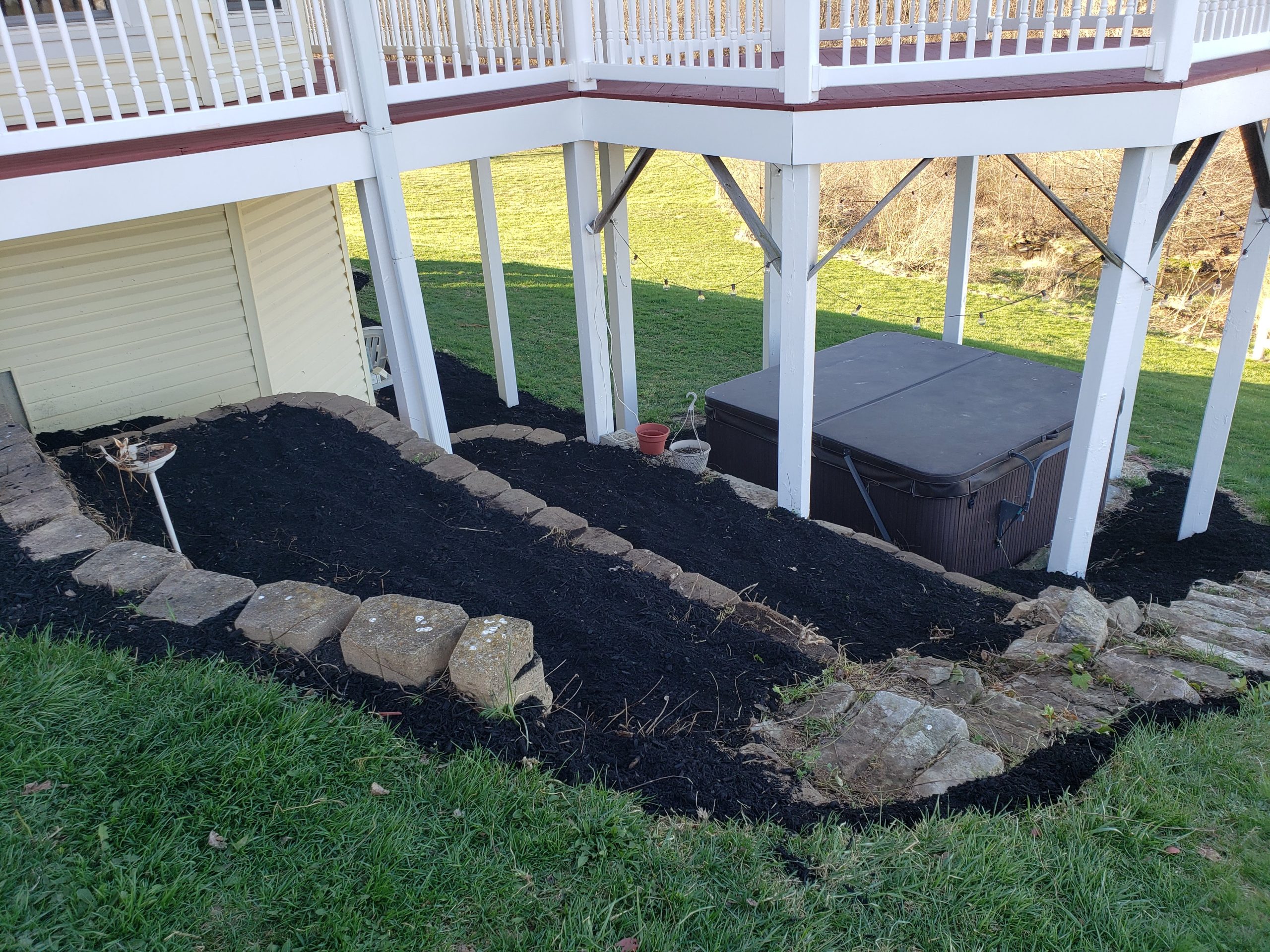Frequently Asked Questions (FAQs)
Lawn Care
When you consider the cost of doing it yourself, it makes sense to have someone else do it for you. You don't have to worry if you have enough gas and/or oil for the mower, you won't have to waste your weekend mowing your lawn. So, sit back and relax and let us do the work for you.
Phone:
Sales: (937) 505-0022
Johnny: (937) 505-0032
Website: http://www.lawnohio.com
Facebook Page: https://www.facebook.com/LawnKeepersLLC
Google Page: - Write us a review https://goo.gl/6TehfK
Email: [email protected]
Hours: Monday - Saturday 9:00 AM - 6:00 PM
Physical Address & Mailing Address:
LawnKeepers LLC
2017 Providence Ave
Springfield OH 45503
Sales: (937) 505-0022
Johnny: (937) 505-0032
Website: http://www.lawnohio.com
Facebook Page: https://www.facebook.com/LawnKeepersLLC
Google Page: - Write us a review https://goo.gl/6TehfK
Email: [email protected]
Hours: Monday - Saturday 9:00 AM - 6:00 PM
Physical Address & Mailing Address:
LawnKeepers LLC
2017 Providence Ave
Springfield OH 45503
We begin our season in early April (weather permitting) through early May and continue (weather permitting) through late November.
Your lawn should be mowed regularly at a proper height. This means that your lawn may require mowing more than once a week during peak growth and only once every two weeks during periods of slow growth. Since the root system of a grass plant grows proportionately to the above ground parts of the plant, a longer cutting height results in a stronger, deeper root system.
Cool Season Grasses
- Kentucky Bluegrass 2.5 to 3 inches (60 - 75 mm)
- Perennial Ryegrass 2.5 to 3 inches (60 - 75 mm)
- Tall Rescue 2.5 to 4 inches (60 - 100 mm)
- Common Bermuda 0.75 to 1.25 inches (20 - 30 mm)
- Hybrid Bermuda 0.5 to 1.0 inches (12 - 25 mm)
- St Augustine 2.0 to 4 inches (50 - 100 mm)
- Zoysiagrass 1.0 to 2.5 inches (25 - 60 mm)
- Centipedegrass 1.0 to 2.0 inches (25 - 50 mm)
The grasses that make up our local turf are cool season grasses. They go dormant in the summer when it is dry, and they will green back up when regular rainfall returns. The only way to kill a lawn is to water it frequently and shallowly, encouraging a shallow root system. If the root system is too shallow, the stressed turf may actually die rather than enter its normal dormancy period.
Grass clippings should be left on the lawn when mowing. "Grass-cycling" is natural and an environmentally beneficial practice. Grass clippings are about 90 percent water by weight. Because they are high in protein they should be left on the lawn to decompose and add nutrients to the soil. Grass-cycling also reduces waste and conserves landfill space. It is only necessary to remove lawn clippings if they are long and will smother the lawn.



